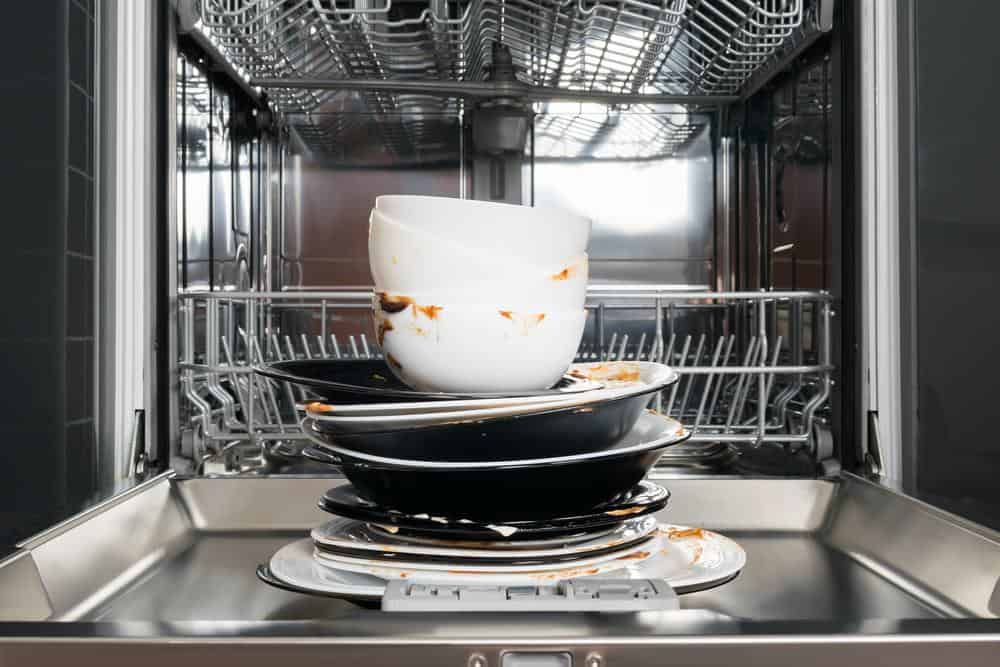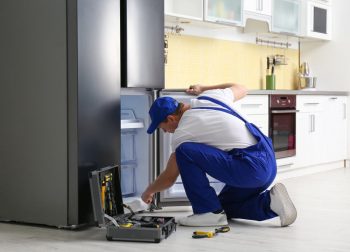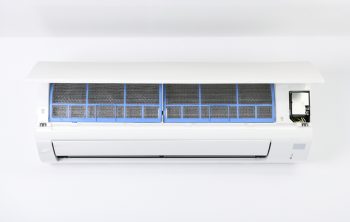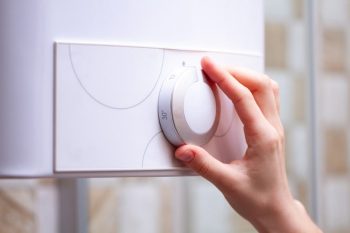
A dishwasher is a vital part of most households, simplifying the task of dishwashing and saving precious time. However, like any other appliance, dishwashers can develop issues over time. One common problem is the dishwasher tripping the circuit breaker. This issue can be frustrating and if left unaddressed, can lead to more serious problems such as electrical hazards. This comprehensive guide will walk you through the process of identifying and fixing the issue of a dishwasher tripping the breaker.
A dishwasher tripping the breaker can be caused by several issues including a faulty plug or cord, water leaks, a faulty heating element, outlet problems, damaged wires and connectors, or a faulty motor. To fix this, ensure the power supply is working, inspect the circuit breaker, check the junction box wiring, investigate potential component issues, and look for water leaks. If the problem persists, it may be best to seek professional help.
Understanding the Problem
Before we delve into the solutions, it’s important to understand why this issue occurs. Some common reasons for a dishwasher tripping the breaker include a faulty plug or cord, water leaks, a faulty heating element, outlet problems, damaged wires and connectors, and a faulty motor.
Faulty plug or cord: A damaged plug or cord can cause electrical issues, leading to the breaker tripping. Always check for any visible signs of wear and tear or damage.
Water leaks: If water leaks from the dishwasher and makes contact with electrical parts, it can cause the breaker to trip. Regularly inspect your dishwasher for any signs of water leakage.
Faulty heating element: The heating element is a crucial component of your dishwasher. If it is damaged or malfunctioning, it can draw too much electricity, causing the breaker to trip.
Outlet problem: Issues with the outlet, such as short circuits, can also cause the breaker to trip. Always ensure that the outlet is working properly.
Damaged wires and connectors: Burnt wire caps, loose cord connections, or damaged wires can lead to the breaker tripping. Regular inspection of the internal wiring of your dishwasher can prevent this issue.
Faulty motor: A damaged motor can draw more power than normal, causing the circuit board to trip.
Diagnosing the Issue
Identifying the cause of the problem is the first step in fixing your dishwasher. Here are some steps you can take to diagnose the issue:
- Check the power supply: Ensure the power cord is plugged in and the electrical outlet is functioning properly. You can test the outlet by plugging in a small lamp.
- Inspect the circuit breaker: If the breaker has tripped, reset it by flipping the switch.
- Examine the junction box wiring: Disconnect the electrical power by shutting off the house circuit breaker for the dishwasher. Remove the dishwasher’s bottom front access panel and toe panel. Check the black and white wire connections in the junction box and reconnect any loose or disconnected wires.
- Investigate potential component issues: Some common causes for a dishwasher tripping the breaker include a faulty heating element, loose or short-circuiting electrical connectors, a problematic control circuit board, or a faulty wash motor. If the breaker trips during a specific portion of the cycle, it’s likely related to a particular component.
- Look for water leaks: If your dishwasher has a leak and water is making contact with electrical parts, it can cause the circuit breaker to trip. Check for water evidence outside the dishwasher tub.
If you are unable to diagnose the issue yourself or feel uncomfortable working with electrical components, it’s best to consult a professional appliance repair technician to address the problem.
Fixing the Issue
Once you’ve identified the cause of the problem, you can proceed to fix the issue. Here are the steps you can take to address the common causes of a dishwasher tripping the breaker:
Faulty plug or cord: If the power cord is damaged, replace it. Ensure that the cord is properly plugged into the outlet.
Water leaks: If there are water leaks, repair them immediately. Leaks can cause water to come into contact with electrical parts, which can cause the breaker to trip.
Faulty heating element: If the heating element is faulty, replace it. You can test the heating element for continuity using a multimeter.
Loose or short-circuiting electrical connectors: Check the wiring connections in the junction box. Reconnect any loose or disconnected wires and reinstall the junction box cover.
Outlet problem: If the outlet is faulty, have it repaired or replaced by a professional electrician.
Faulty motor: If the motor is faulty, it will need to be replaced. This is a complex task and should be done by a professional technician.
Preventive Maintenance
Preventive maintenance can help avoid the issue of a dishwasher tripping the breaker by addressing potential problems before they escalate. Regularly inspect and clean the heating element, check for water leaks, inspect the power cord, plug, and electrical connections, and examine the dishwasher motor and other components for signs of wear or malfunction.
When to Seek Professional Help
If the problem persists despite your best efforts or if you’re not confident in your ability to safely troubleshoot and repair the dishwasher, it’s best to consult a professional technician. Signs that you may need professional help include persistent breaker tripping, visible damage to the dishwasher’s components, complex issues such as motor or control board problems, and difficulty understanding or following the troubleshooting steps.
Remember, while it’s rewarding to fix issues on your own, safety should always be your top priority. Working with electrical appliances can be dangerous, so always prioritize safety and follow the necessary precautions to avoid accidents and damage to the appliance.
By identifying the cause of the problem, following these steps to fix the issue, and performing regular preventive maintenance, you can ensure that your dishwasher operates efficiently and safely, and avoid the frustrating problem of a dishwasher tripping the breaker.
Frequently Asked Questions
What is a circuit breaker and how does it work?
A circuit breaker is a safety device designed to protect an electrical circuit from damage caused by an overload or short circuit. Its basic function is to detect a fault condition and, by interrupting continuity, immediately discontinue electrical flow.
How can I tell if the heating element of my dishwasher is faulty?
A faulty heating element may not heat up, may heat up too much, or may cause the dishwasher to trip the circuit breaker. You can use a multimeter to test the continuity of the heating element. If the multimeter shows no continuity, this means the heating element is faulty.
What should I do if I notice water leaks from my dishwasher?
If you notice water leaks from your dishwasher, first ensure that the dishwasher door is properly closed and sealed. If the leak persists, it may be due to a faulty seal, pump, or valve. It’s best to consult a professional technician to address the problem.
How often should I inspect and maintain my dishwasher to prevent issues?
It’s recommended to inspect your dishwasher for potential issues every 3 to 4 months. Regular maintenance tasks include cleaning the dishwasher filter, checking for water leaks, inspecting the power cord and outlet, and examining the dishwasher components for signs of wear or malfunction.
Can I replace a faulty motor in a dishwasher myself?
Replacing a faulty motor in a dishwasher is a complex task that involves dealing with electrical components. Unless you are experienced and comfortable with such tasks, it’s best to hire a professional technician to replace the motor to ensure safety and proper installation.












